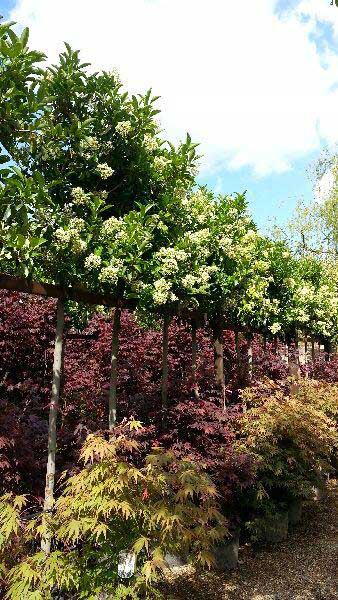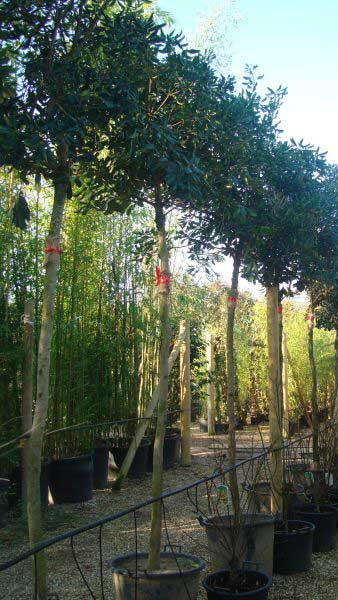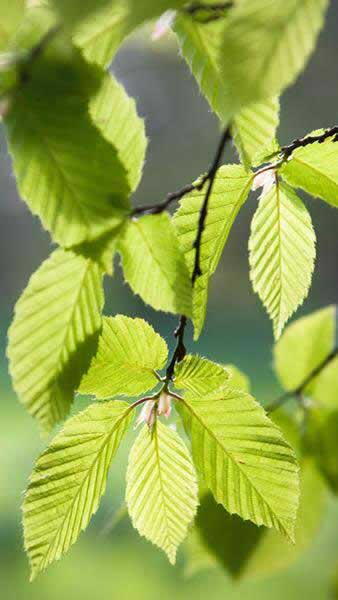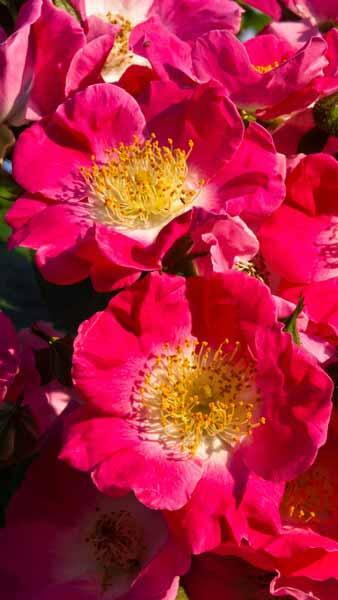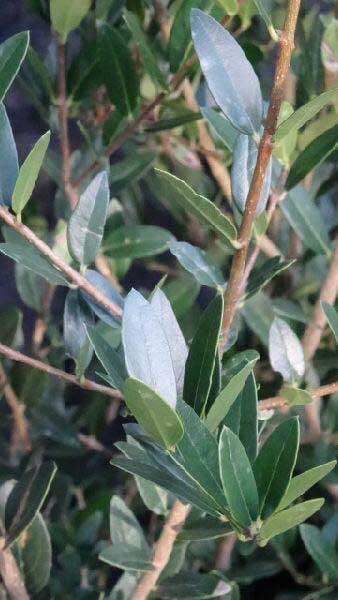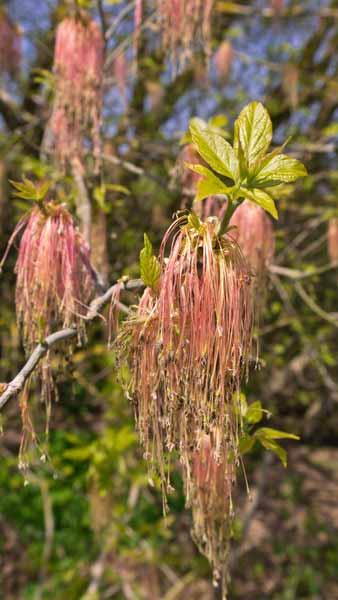Carpinus Betulus Standard Trees. Standard Hornbeam Trees UK
Carpinus Betulus Standard Trees or Standard Hornbeam trees, have long been an established favourite in UK gardens, and have received the RHS Award of Garden Merit. These are (full) Standard Hornbeam Trees meaning that these trees have been trained and shaped as topiary trees to have a long clear stem with a crown of foliage on the top. Standard trees are usually clipped once per year to maintain their structured topiary shape.Native to the British Isles, Carpinus Betulus Standard Trees are valuable not just as a landscape tree, but for its extremely hard wood. The fluted, grey trunk of these Standard Hornbeam Trees has been pruned of lower branches to create a long, clear stem with a broad crown on top. The medium-green leaves, 5-8 cm long, are ribbed with a fine saw-toothed edge, and turn golden yellow in autumn, usually remaining on the tree throughout the winter. Catkins appear after the tree has leafed out in spring, followed by winged fruit in autumn. Hardy throughout the UK and continental Europe, Hornbeams can grow to a mature height of 12 metres and spread of 4-8 metres in 50 years, but Carpinus Betulus Standard Trees are usually clipped to maintain their topiary shape and restrict their size. Prune from late summer through the winter. Carpinus Betulus Standard Trees are extremely forgiving of a variety of planting situations. Grown in full sun or partial shade, in any well-drained soil, Standard Hornbeam Trees will do well in an exposed or sheltered location. While it will thrive when given consistent moisture, it will not tolerate an extended period of waterlogged soil. It is not tolerant of salt, so is not suited to planting in coastal regions or where it will be exposed to road salt. However, it will do well in city gardens since it is tolerant of pollution.These elegant, formal trees are well-suited for lining a driveway or avenue, or for growing alongside a pathway. A row of Carpinus Betulus Standard Trees can be used to create definition in a formal landscape or garden where a fence or lower hedge is not desired. A single Standard Hornbeam Tree would be a distinctive addition to a city garden, while the long stem would limit the ground level space that the tree occupies, making it perfect for a focal point in a small lawn, or as part of a mixed planting where it would provide shade for plants grown beneath.Hardy and elegant, Carpinus Betulus Standard Trees have many possibilities in UK gardens and landscapes. Find a spot where this beautiful native tree, trained into a formal shape, can belong in your garden.

